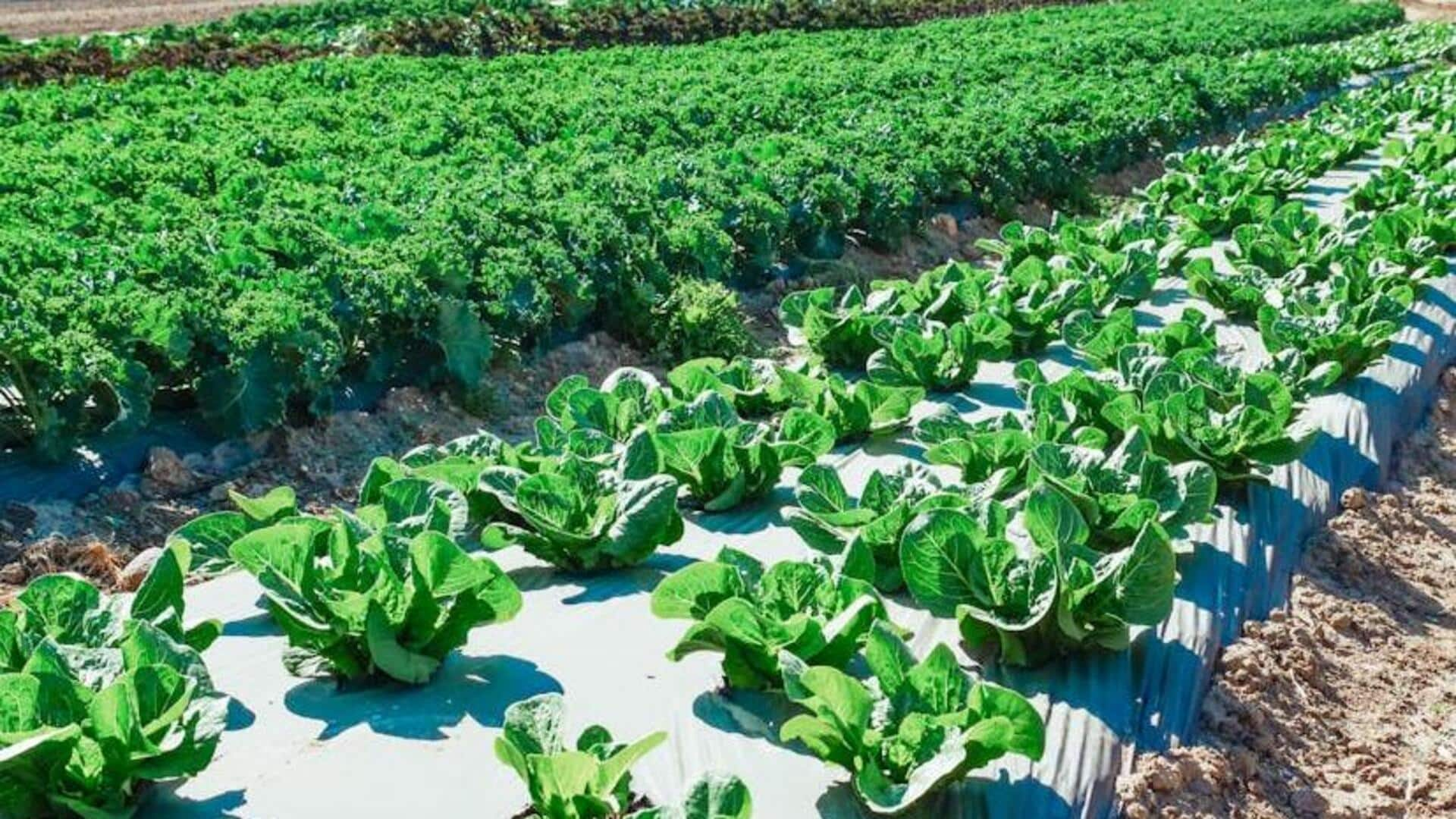
Cultivating crispy kale in home gardens
What's the story
Kale, the nutrient-packed leafy green, has earned its place as a beloved superfood thanks to its health benefits and versatility in the kitchen. Growing your own kale at home opens up a world of fresh, organic goodness right from your backyard. This article provides a comprehensive guide on how to grow crispy kale at home, from choosing the right variety to knowing when and how to harvest your greens.
Variety selection
Choosing the right kale variety
Numerous kale varieties are available, but curly kale and Tuscan kale are top choices for crispiness and flavor. Curly kale has ruffled leaves that become super crispy when cooked. Tuscan kale, also called dinosaur or lacinato kale, offers a slightly sweeter flavor and a more tender texture. Selecting the right variety is crucial for growing kale that matches your culinary preferences.
Soil preparation
Preparing your garden bed
Kale prefers well-drained soil that is high in organic matter. Before planting, amend the soil with compost or well-rotted manure to enhance fertility and structure. The optimal pH range for kale is between six and 7.5. If required, modify the soil pH by applying lime (to raise pH) or sulfur (to lower pH). Correct soil preparation gives your kale plants a strong start.
Planting basics
Planting kale seeds or seedlings
You can start your garden with kale seeds or seedlings. Sow seeds half an inch deep, 18 inches apart between rows. Transplant seedlings to their previous depth, 12 to 18 inches apart. Plant in early spring for a summer harvest. Plant in late summer for fall harvest.
Irrigation & nutrition
Watering and fertilizing your kale plants
Kale benefits from even moisture, needing roughly one inch of water per week either through rainfall or additional watering. Overwatering, however, can lead to root rot, so strike a balance. Applying a balanced fertilizer monthly encourages robust growth, but steer clear of high-nitrogen options as they can harden the leaves.
Harvest tips
Harvesting your homegrown kale
Start harvesting when the kale leaves are about the size of your hand. Simply snip leaves from the outer edges, this way you're encouraging new growth from the center. Just be careful not to take too many leaves from one plant at a time as it can stunt its growth. This method not only provides a continuous harvest but also ensures the plant stays healthy and productive.